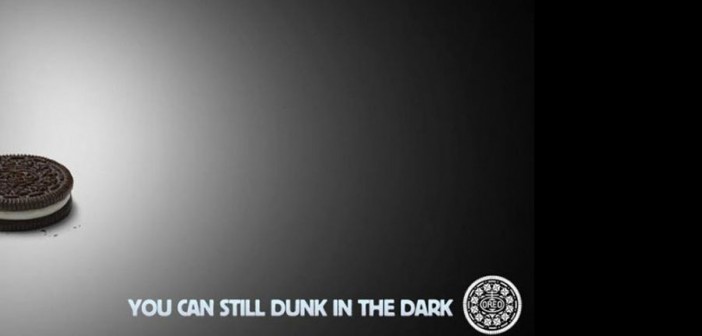A panel at Social Media Week London argued for the importance of frozen content, preparing for spontaneity and predicting the future when creating real-time social content.
When it comes to successfully planning and executing real-time content on social media, digital marketers and brands must create work that has short- and long-term appeal, have a strategy and plan for every scenario, according to speakers at Social Media Week London‘s Content Marketing 3.0 (aka the future of real-time) panel session.
‘Frozen’ content
Simon Andrews, founder of mobile agency Addictive, said: “Fresh content is really important to brands and marketers, and stale content can be really annoying to consumers who have seen it numerous times beforehand.”
A new type of real-time content is coming to the fore – frozen content, which is still perceived as new by the consumer, but doesn’t disappear instantly or go out-of-date.
For instance, the team at the Guardian are constantly moving content on the homepage and changing headlines to keep things fresh.
Real-time social media platforms such as Periscope can pose a problem to brands looking to target consumers with content. Andrews explained: “Yes it is real time, but you can’t get a link to it until it’s started. You also can’t retain it. If your audience misses it, it’s a real problem.
“This frozen concept of putting content somewhere and saving it is important and will be vital to digital marketers moving forward so that they can reach consumers now and in the near future.”
Andrews cited social media app Nuzzle as just one concept that is jumping on the frozen content concept bandwagon. “It tells you stories that your friends have liked and shared,” he said, “which might be relevant to you as and when you want to read it.”
Prepared spontaneity
“Speed and volume are the real challenges marketers face,” Lisa Moretti, digital strategist at content agency Seven, said, citing research conducted by Percolate.
Results from the study, compiled for the 2014 Marketing Executive Insights Study, revealed what the greatest challenges were for 250 senior marketing executives.
Power out? No problem. pic.twitter.com/dnQ7pOgC
— Oreo Cookie (@Oreo) February 4, 2013
Looking at one brand that has managed to overcome these obstacles, Moretti said Oreo’s “lights out” tweet during the 2013 Super Bowl changed the real-time marketing game in one fell swoop.
She said: “Oreo became the centre of conversations with clients. But real-time marketing is hard. It’s not about being fast or blessed by the creative gods. A strategy needs to be adopted for real-time content marketing. It is prepared spontaneity.”
Moretti added Oreo has found formats that work in terms of fast turnaround times, such as its lights out tweet, and where to place content to get the most reach. She said: “People expect this type of content from them now, and that comes from being prepared.”
Predict the future
“We always have to be prepared – certain scenarios can come out of nowhere,” said corporate PR consultant Rajmeena Aujla. When a British Gas engineer didn’t turn up to her sister’s house to repair a boiler, Aujla said her sister’s response was to complain on Twitter.
The result of the social media conversation between Aujla’s sister and British Gas was an immediate response to the complaint direct from the brand’s Twitter handle.
“Professional services companies invest millions in social listening tools, and they have a response to every scenario that could take place,” Aujla said.
“As an industry we need to be more accurate and gain predictive insight about individual behaviours before these sorts of issues occur.
“What, if in the future, a British Gas engineer could have tweeted my sister beforehand to update her instead of this scenario happening?”




